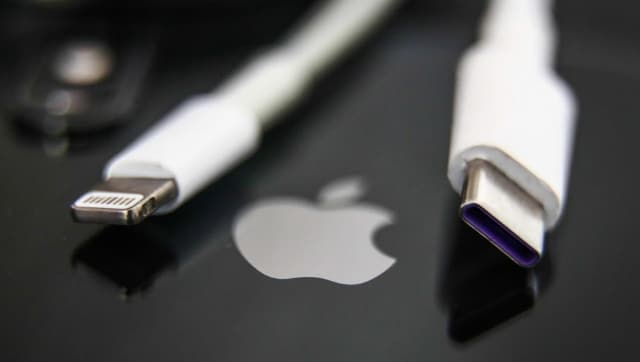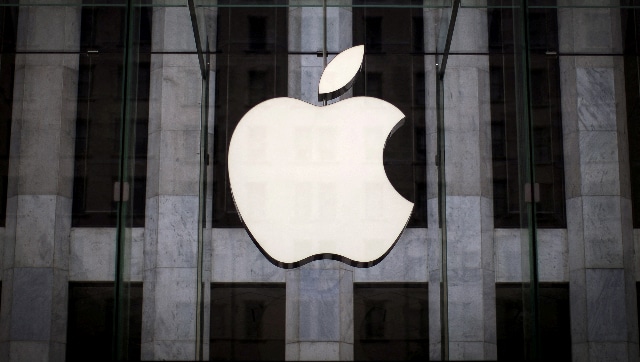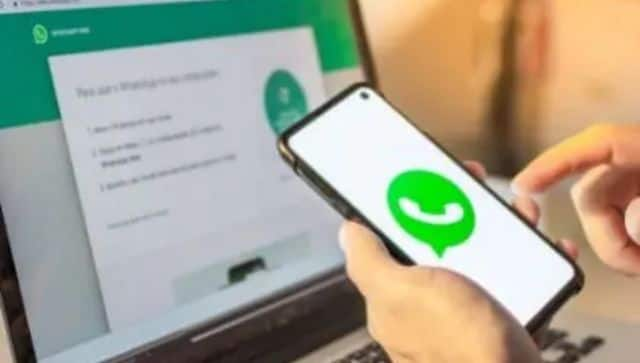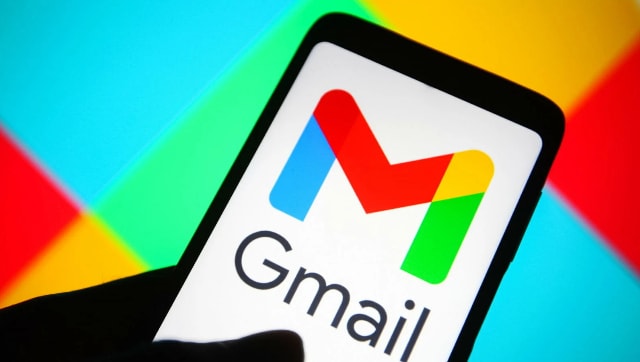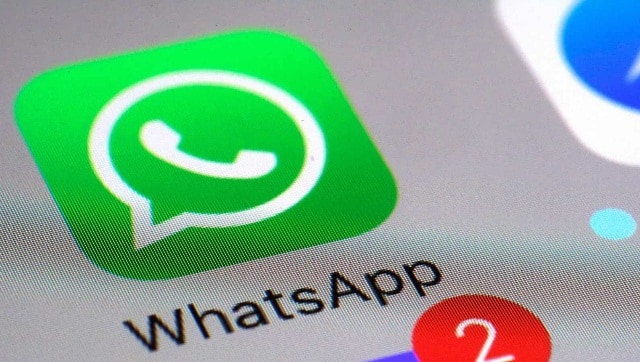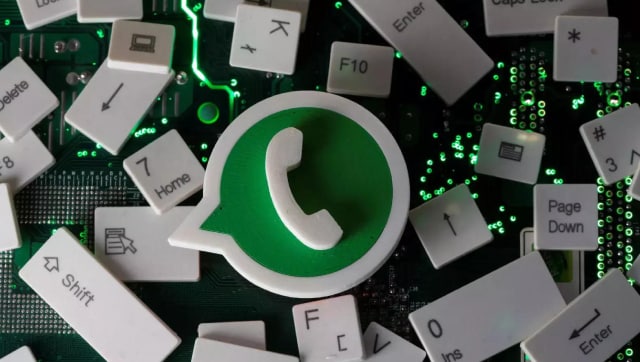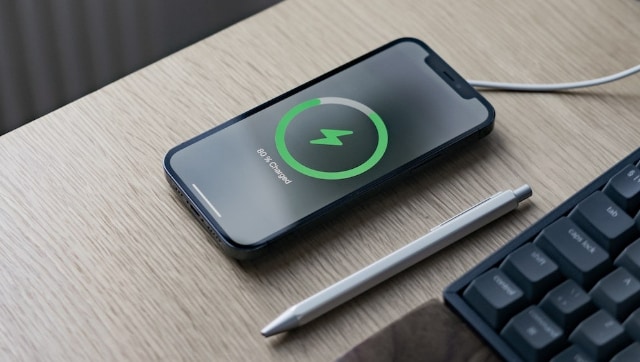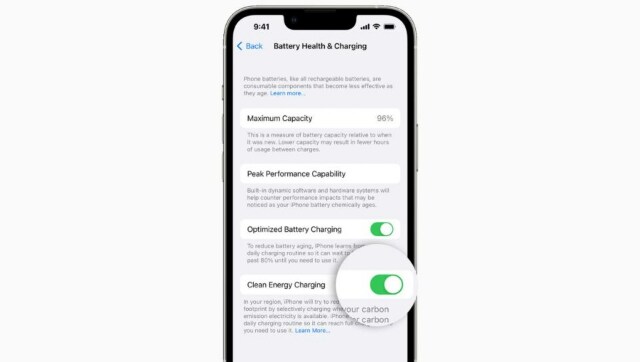After an outage of nearly two hours, WhatsApp has started working for users. While some users complained that their WhatsApp Web was still not accessible, the messaging platform’s services have been fully restored on the app.
The popular Meta-owned messaging app stopped working across many parts of the world including Asia, the United Kingdom, South Africa and Europe at around 12.07 pm (IST) today (25 October).
Which services were unavailable during the WhatsApp outage? When has the communication app been down before? We explain.
ALSO READ: Explained: Why does WhatsApp ban accounts and how to prevent it
WhatsApp down
Around 12 noon, people reported problems in sending images and videos on WhatsApp.
While users were able to access their old conversations, they were unable to send new messages or update new statuses.
For many users, a message saying “connecting” to the server appeared at the top of the app, but nothing happened, reported Bloomberg.
As many as 67 per cent users complained they were facing trouble sending messages on the popular Meta-owned platform, 26 per cent had server connection issues and seven per cent reported problems with the app, according to service status website Downdetector.
WhatsApp Web was also affected with users trying to access the page coming across a connectivity error.
As per Downdetector, the outage was reported in Canada, Colombia, France, India, Israel, Mexico, the UK, reports Al Jazeera.
Meta reacts
Acknowledging the outage, a Meta spokesperson told Indian Express, “We’re aware that some people are currently having trouble sending messages, and we’re working to restore WhatsApp for everyone as quickly as possible.”
Memes on WhatsApp down
Netizens flooded Twitter to share memes and tweets on #whatsappdown.
“Don’t recheck your internet connection… WhatsApp is down right now,” wrote a user.
Have a look at some hilarious memes:
WhatsApp restored
WhatsApp came back online after the outage at around 2.15 pm gradually. WhatsApp Web has also been restored now.
Without underlying the reason behind the outage, Meta released a statement saying the problem had been resolved.
“We know people had trouble sending messages on WhatsApp today. We have fixed the issue and apologise for any inconvenience,” the statement read, as per BBC.
Why the outage?
The reason behind today’s outage remains unclear.
According to Indian Express, a product change can affect all users of a social media platform. However, with WhatsApp’s 2 billion users and Facebook with almost 3 billion, such changes are not launched in one go but for different sets of customers steadily.
Moreover, Meta has faced issues with its services earlier as well.
In October last year, Facebook, Instagram, and WhatsApp had gone down for about six hours after a major Domain Name System (DNS) failure.
According to BleepingComputer, BGP or Border Gateway Protocol routing had caused the so-long disruption.
BGP helps facilitate ‘traffic from one (autonomous) system of networks to another’.
“BGP is a technology which ISP’s (Internet Service Providers) share information about which providers are responsible for routing internet traffic to which specific groups of internet addresses,” PJ Norris, principal systems engineer at Tripwire, told UK’s Metro newspaper.
Several Facebook employees on the condition of anonymity told Reuters that they believed that the outage was caused by an “internal mistake in how internet traffic is routed to its systems”.
“The failures of internal communication tools and other resources that depend on that same network in order to work compounded the error,” the employees added.
Facebook attributed the outage to a “faulty configuration change”.
It said in a statement, “Our engineering teams have learned that configuration changes on the backbone routers that coordinate network traffic between our data centres caused issues that interrupted this communication.”
“We want to make clear at this time we believe the root cause of this outage was a faulty configuration change. We also have no evidence that user data was compromised as a result of this downtime,” the company had said, as per Metro.
Other instances
In March 2021, WhatsApp went offline for around 45 minutes. Meta said it was ‘a technical issue’ that ’caused people to have trouble accessing some Facebook services’. However, it did not give any specific reason, as per Indian Express.
There were four major WhatsApp outages in 2020. In January that year, the messaging platform was out for around three hours. The next outage was in April, then a two-hour outage in July and another in August, reports Indian Express.
In July 2019, Facebook, Instagram and WhatsApp services were affected. In a statement, Facebook said that a “routine maintenance operation accidentally triggered a bug that made it difficult for users to upload or send photos and videos”, Al Jazeera reported citing the US media.
This came months after the 13 March 2019 outage when Facebook services were down for 24 hours due to a “server configuration change”.
With inputs from agencies
Read all the Latest News, Trending News, Cricket News, Bollywood News,
India News and Entertainment News here. Follow us on Facebook, Twitter and Instagram.
from Firstpost Tech Latest News https://ift.tt/OA7RPc4
